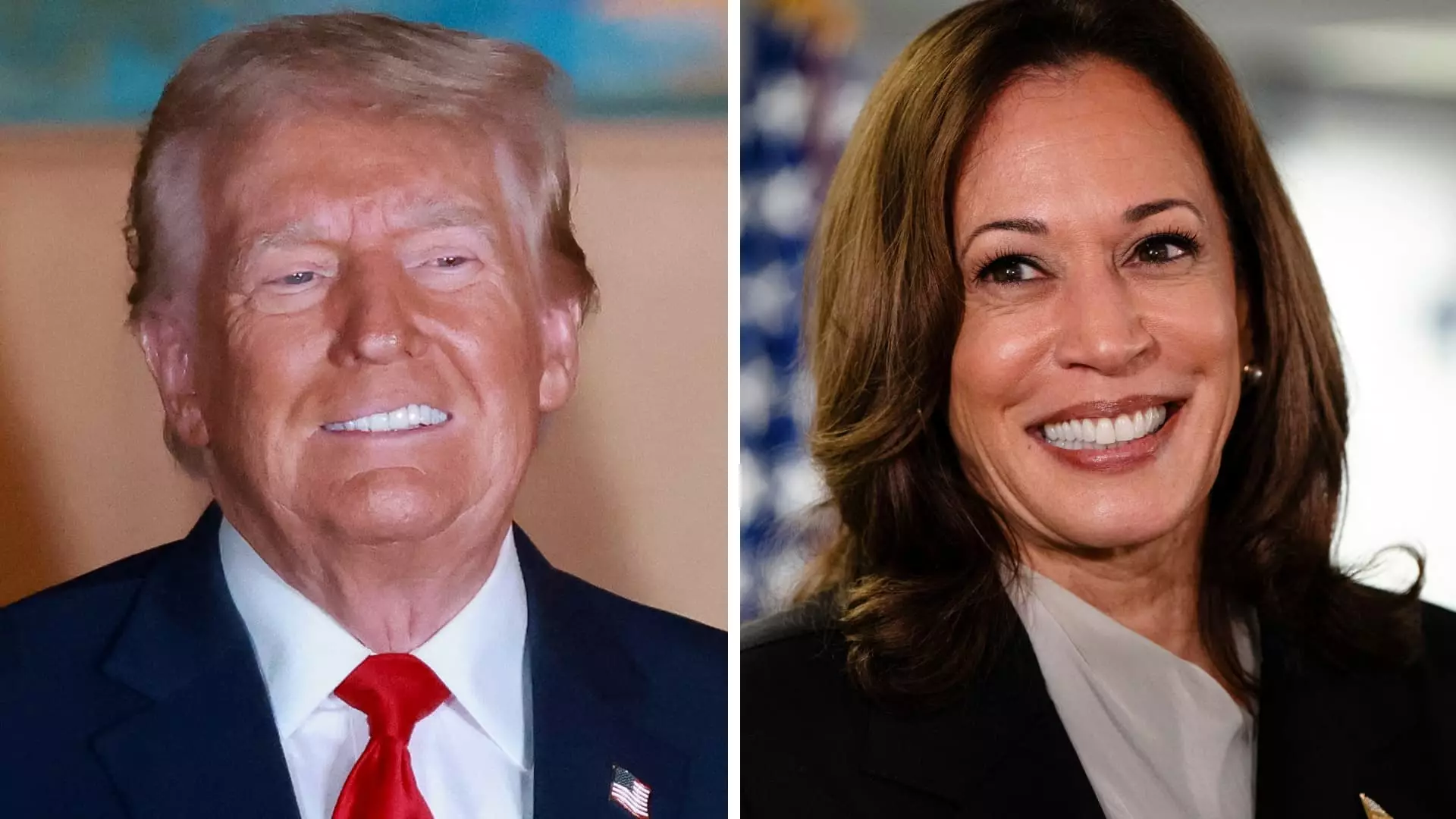August has historically been a pivotal month in the political calendar, and this year was no exception as major financial players strategically positioned themselves in support of their favored candidates. With the 2024 election cycle heating up, the wealthy elite across the nation demonstrated their influence through significant contributions to super PACs. These organizations serve as a channel for donors to exert considerable influence on the electoral landscape, as they are able to collect unlimited funds, thereby enabling candidates to escalate their campaign efforts. This article delves into the notable contributions made in August 2023, highlighting the power dynamics at play and the implications for the upcoming election.
One of the most striking aspects of the August donation reports filed with the Federal Election Commission (FEC) was the staggering amounts directed toward pro-Trump super PACs, particularly MAGA Inc. The group attracted some of the heaviest hitters in the Republican donor sphere. Diane Hendricks, a roofing magnate from Wisconsin, stood out with an impressive $10 million contribution, underscoring her status as a formidable figure within GOP circles. Additional substantial donations came from Howard Lutnick and Paul Singer, both contributing $5 million each, further solidifying MAGA Inc.’s capacity to mobilize resources.
Conversely, the Democratic camp showcased a different demographic of mega-donors. The FF PAC, which supports Vice President Kamala Harris’s bid, drew significant donations from the tech industry. Notably, Dustin Moskovitz, co-founder of Facebook, led the way with a $3 million infusion, while Reed Hastings, another tech titan, and Twilio’s Jeff Lawson each contributed $1 million. This trend signals not only deep-pocketed interest in Democratic candidates but also highlights the intersection of technology and politics as influential figures seek to shape policy outcomes.
The emergence of super PACs has altered the campaign financing landscape significantly, allowing affluent donors to support candidates without the constraints that typically accompany traditional political donations. With no caps on contributions, these organizations attract large sums from a select group of wealthy individuals who wield extensive influence over electoral outcomes. As evidenced by the August reports, the operational capacity of these PACs can rapidly escalate, enabling candidates to launch ambitious campaigns that might otherwise be untenable in a more regulated environment.
Moreover, the centralization of wealth among a small group of individuals raises questions about democratic representation. Critics argue that the overwhelming influence of super PACs leads to an erosion of equitable political discourse, as the voices of the average voter are drowned out by those with significant resources. This growing dependency on large donations can potentially skew policy priorities, reflecting the interests of wealthy benefactors over the populace at large.
While much of the attention tends to focus on presidential contenders, August’s donation reports revealed substantial financial activity at the congressional level as well. The conservative super PAC, Club for Growth Action, received multiple $5 million donations from high-profile GOP donors, including Jeff Yass and Richard Uihlein. Their enduring commitment to conservative causes illustrates the long-term strategy that many megadonors employ, seeking to cultivate a deep bench of candidates who align with their ideological perspectives.
On the Democratic side, groups like House Majority PAC highlighted the ongoing effort to boost candidates vying for congressional seats, with Amos Hostetter Jr.’s $600,000 contribution marking the largest for the period. The sustained financial support from individuals like Hostetter, who frequently backs anti-Trump initiatives, illustrates the enduring divide in donor motivations and the impact of specific events on electoral funding strategies.
As the countdown to the 2024 elections intensifies, the trends seen in August signal a broader narrative about the intersection of wealth and political power in the United States. The continued reliance on super PACs by both parties not only highlights the growing centralization of funding but also raises critical questions about the future of democracy itself. With mega-donors significantly shaping the political landscape, understanding the implications of their contributions will be vital for assessing electoral outcomes and the health of democratic practices in the years to come.

